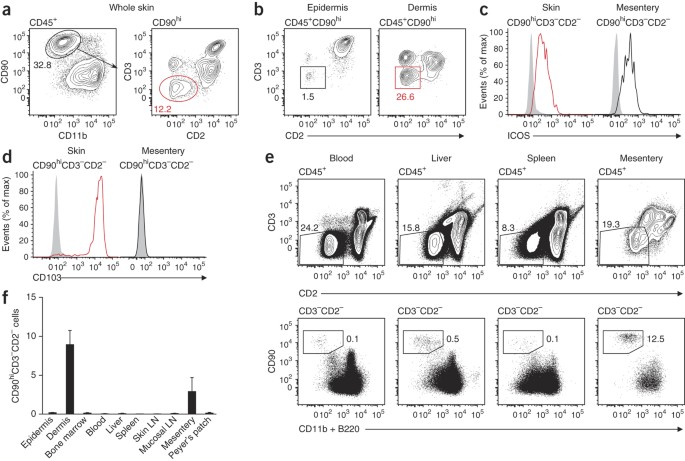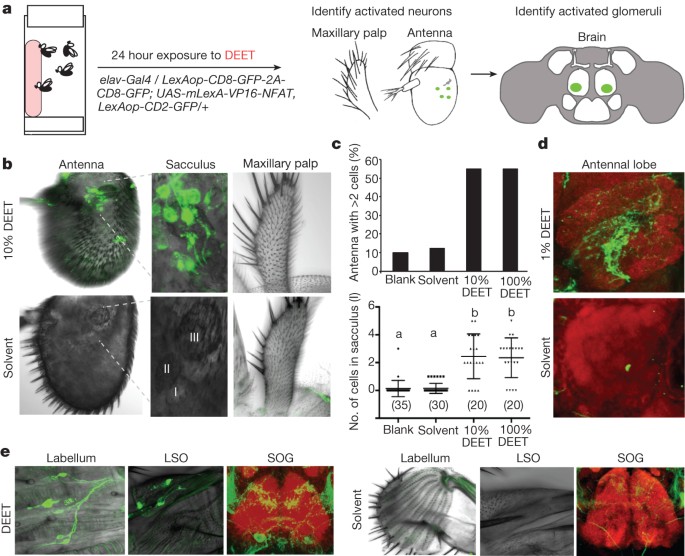

White rot fungus Irpex lacteus can completely degrade 100 mg/L of octylphenol, nonylphenol, and phenylphenol during 1 day of incubation in the complex YMG medium, which was the highest degrading capability among nine strains of white rot fungi tested. Since they cause various harmful effects on aquatic life and in humans, they should be removed from the environments being contaminated. lacteus CD 2.ĭegradation of alkylphenols by white rot fungus Irpex lacteus and its manganese peroxidase.Īlkylphenols are common endocrine disrupters that are produced from the degradation of widely used surfactants. Fe3+-reducing activity could be detected during all the decay periods, which might play an important role in lignin biodegradation by I. Apparently, neither of the enzymatic peaks coincided well with the highest amount of component loss. No ligninases activity was detected during the incipient stage of lignin removal and only low lignin peroxidase activity was detected after 25 days.


High hemicellulase activity appeared after 30 days. Filter paper activity, which corresponds to total cellulase activity, peaked at day 5 and remained at a high level from 40 to 60 days. That weight loss, which was lower than the total component loss, indicated that not all of the lost lignocellulose was converted to carbon dioxide and water, which was indicated by the increase in soluble reducing sugars and acid soluble lignin. Lignin was significantly degraded and modified, with acid insoluble lignin loss being nearly 80% after 60 days. Cellulose was degraded the most during the first 10 days, and 17. After 15 days, 63.0% of hemicellulose was degraded. In contrast to lignin, hemicellulose and cellulose were degraded during the initial time period. The average weight loss ranged from 1.7% to 60.5% during the period of 5-120 days. Lignocellulose component loss, enzyme production and Fe3+-reducing activity were studied. The white rot fungus Irpex lacteus CD 2 was incubated on corn stover under solid-state fermentation conditions for different durations, from 5 days up to 120 days. Lignocellulose degradation and enzyme production by Irpex lacteus CD 2 during solid-state fermentation of corn stover. In summary, CD 2-MnP from Irpex lacteus CD 2 could effectively degrade a broad range of synthetic dyes and exhibit a great potential for environmental biotechnology. CD 2-MnP also had a strong ability of decolorizing different dyes with the coexistence of metal ions and organic solvents. The different types of dyes including the azo dye (Remazol Brilliant Violet 5R, Direct Red 5B), anthraquinone dye (Remazol Brilliant Blue R), indigo dye (Indigo Carmine) and triphenylmethane dye (Methyl Green) as well as simulated textile wastewater could be efficiently decolorized by CD 2-MnP. CD 2-MnP had a strong capability for tolerating different metal ions such as Ca 2+, Cd 2+, Co 2+, Mg 2+, Ni 2+ and Zn 2+ as well as organic solvents such as methanol, ethanol, DMSO, ethylene glycol, isopropyl alcohol, butanediol and glycerin. A novel manganese peroxidase named as CD 2-MnP was purified and characterized from this fungus. In this study, it was found that oxalic acid, veratryl alcohol and 2,6-Dimehoxyphenol could stimulate the synthesis of MnP in the white-rot fungus Irpex lacteus CD 2. Searching for new MnP with stronger tolerance to metal ions and organic solvents is important for the maximization of potential of MnP in the biodegradation of recalcitrant xenobiotics. Manganese peroxidase (MnP) is the one of the important ligninolytic enzymes produced by lignin-degrading fungi which has the great application value in the field of environmental biotechnology. Qin, Xing Zhang, Jie Zhang, Xiaoyu Yang, Yang Induction, Purification and Characterization of a Novel Manganese Peroxidase from Irpex lacteus CD 2 and Its Application in the Decolorization of Different Types of Dye


 0 kommentar(er)
0 kommentar(er)
